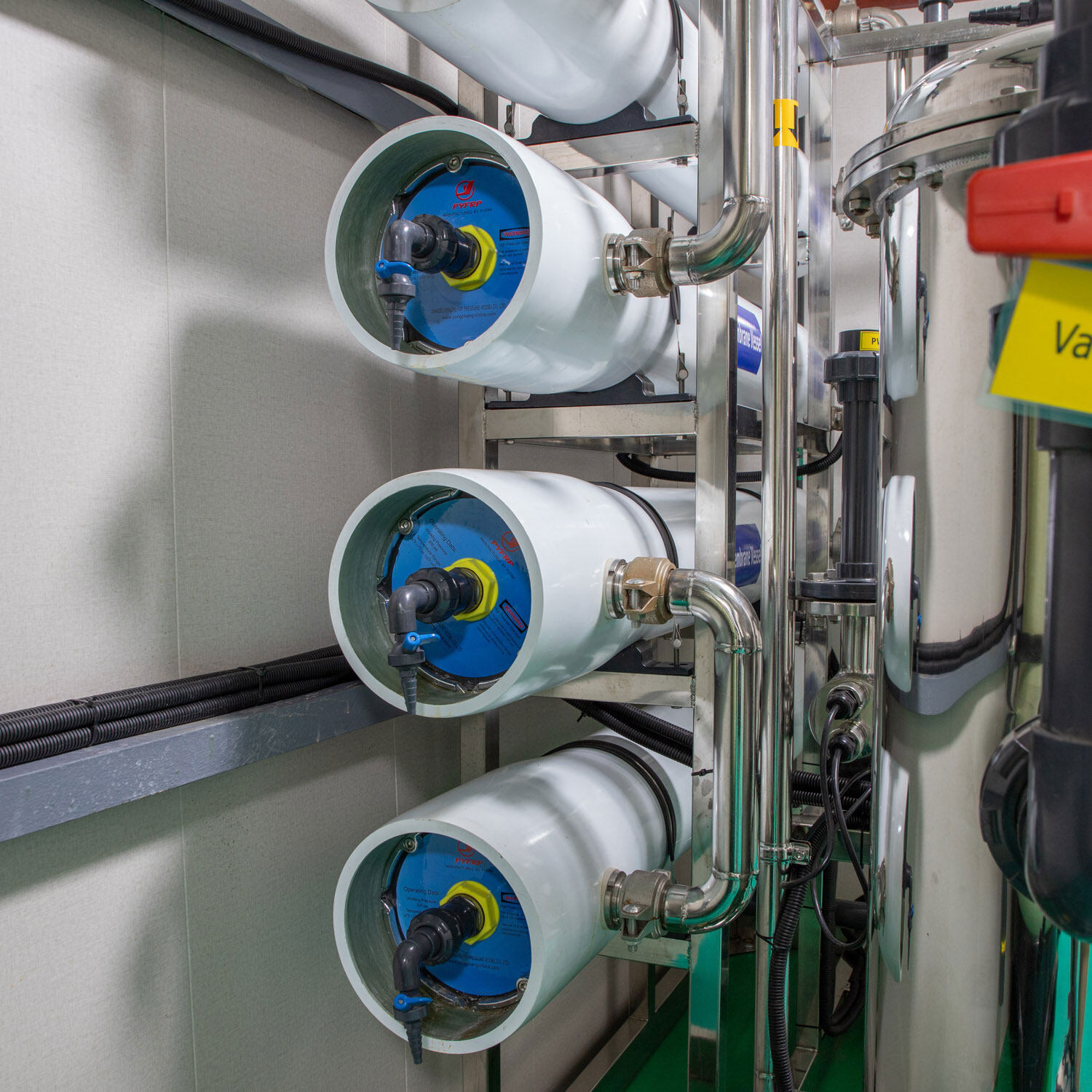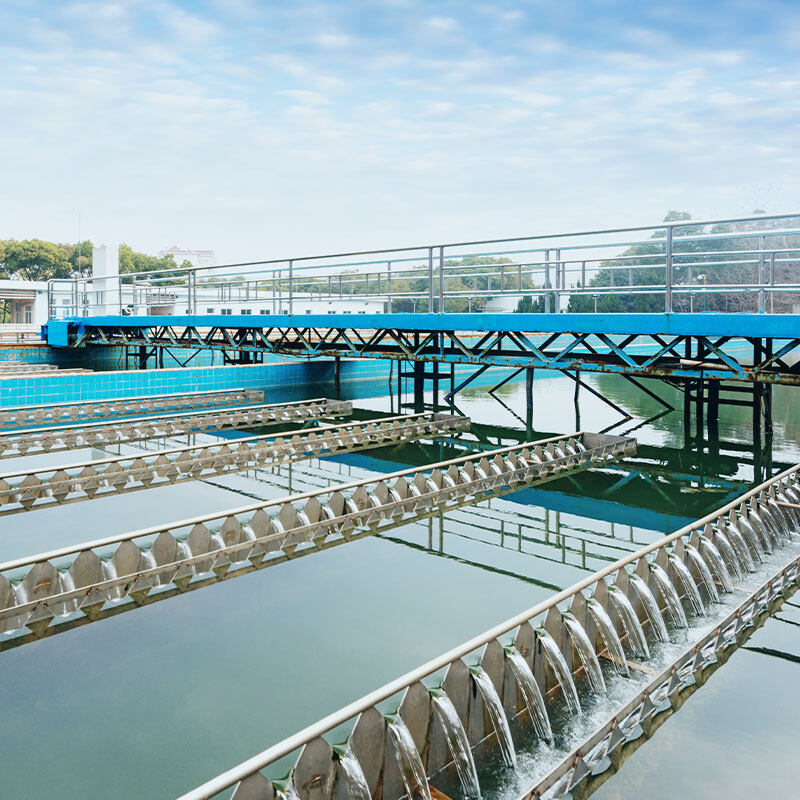The Seawater Reverse Osmosis System: A Game-Changer in Water Purification
In a world where fresh water is becoming increasingly scarce, seawater reverse osmosis (SWRO) systems are stepping up to meet the demand. The demand is for clean drinking water. This innovative technology harnesses the power of osmosis. It removes salt and other impurities from seawater. This makes the water suitable for human consumption. It also makes the water suitable for other essential uses. As the demand for sustainable water solutions rises, many businesses are turning to wholesale options. These wholesale options involve seawater reverse osmosis systems. These systems provide reliable solutions. They provide efficient solutions. They provide cost-effective solutions for water treatment.
In this blog post, we will explore how seawater reverse osmosis systems work. We will explore the benefits they offer. We will explain why businesses should consider sourcing wholesale systems. These wholesale systems address growing water demands.
What Is a Seawater Reverse Osmosis (SWRO) System?
Seawater reverse osmosis (SWRO) is a water desalination process. The process removes salt from seawater. It removes minerals from seawater. It removes other contaminants from seawater. The result is fresh, potable water. The process relies on a semipermeable membrane. This membrane allows only water molecules to pass through. It blocks salts. It blocks other impurities. This technology has been widely adopted in regions with limited freshwater access. This is especially true in coastal areas. Coastal areas have abundant seawater.
In the simplest terms, seawater is forced through the membrane. This is done under high pressure. The salt and contaminants are left behind. The clean water that passes through is collected. It can then be treated further. This ensures it meets drinking water standards.
How Does a Seawater Reverse Osmosis System Work?
To fully appreciate the importance of SWRO systems, let’s break down the process. The process works step by step.
Pre-treatment: Seawater undergoes pre-treatment before entering the RO system. This step removes larger particles. It removes organic material. It removes bacteria. These actions prevent clogging. They prevent damage to the membrane. The pre-treatment process includes filtration. It includes chemical dosing.
High Pressure Pump: Pre-treated water is pumped into the RO system. This is done under high pressure. The pressure overcomes natural osmotic pressure. This pressure exists between seawater and freshwater on either side of the membrane.
Reverse Osmosis Membrane: The semipermeable membrane is the system’s core. It filters out salt. It filters out minerals. It filters out impurities. High-pressure seawater is forced through the membrane. Filtered freshwater is collected on the other side.
Post-treatment: Freshwater undergoes additional treatment after separation. This ensures it meets quality standards. Remineralization may be applied. This adds essential minerals. Disinfection may also occur. This eliminates remaining bacteria or viruses.
Wastewater (Brine): The process generates brine. Brine is a concentrated saline solution. It is returned to the sea. Alternatively, it is treated to reduce environmental impact.

The Advantages of Seawater Reverse Osmosis Systems
Reliable Source of Freshwater: SWRO systems provide a reliable freshwater source. This is critical in regions with limited natural supplies. Coastal cities benefit. Islands benefit. Arid regions benefit. They can tap into seawater resources.
Environmental Sustainability: Modern SWRO systems reduce energy consumption. They minimize brine discharge. Advanced membrane technology helps. Energy recovery devices help. Efficient pre-treatment processes help. These factors shrink the environmental footprint.
Cost-Effectiveness: Initial investment in SWRO systems can be significant. However, long-term operational costs are reasonable. Energy-saving technologies lower production costs. These costs have decreased over the years.
Scalability: SWRO systems can be scaled up or down. They adapt to community or business needs. Options range from small household systems. Options include large city-wide plants. Flexibility is a key feature.
Drought-Proof: Seawater is unaffected by droughts. It is unaffected by seasonal fluctuations. SWRO ensures stable supply in scarcity-prone regions.
Why Consider Wholesale Seawater Reverse Osmosis Systems for Business?
Businesses investing in water treatment should consider wholesale SWRO systems. These systems offer advantages for operational success.
1. Cost Efficiency
Wholesale purchasing reduces unit costs. Bulk buying leverages economies of scale. Savings can be passed to customers. This applies to small plants. This applies to large commercial operations. Wholesale pricing impacts profitability.
2. Customization
Manufacturers offer customizable systems. Equipment can be tailored to needs. Membrane types can be chosen. System capacity can be adjusted. Wholesale suppliers ensure efficiency. They ensure scalability.
3. High-Quality Equipment
Reputable manufacturers guarantee quality. Systems withstand harsh seawater conditions. Energy recovery devices are included. Low-maintenance membranes extend lifespan. Operational costs stay low.
4. Streamlined Maintenance and Support
Wholesale systems include maintenance services. Manufacturers provide warranties. They provide technical support. This ensures peak efficiency. Issues are resolved quickly.
5. Sustainable Business Practices
SWRO aligns with sustainability goals. It reduces freshwater reliance. Wholesale adoption enhances brand reputation. It caters to eco-conscious customers.
Key Considerations When Purchasing a Seawater Reverse Osmosis System
Evaluate these factors before purchasing:
Water Quality and TDS: Seawater TDS affects system design. Higher TDS requires more energy. It strains membranes.
Capacity Requirements: Calculate daily water production needs. Select a system with appropriate capacity.
Energy Consumption: Energy costs impact operations. Choose systems with energy recovery devices.
Brine Disposal: Understand local brine regulations. Proper management reduces environmental harm.
System Maintenance: Regular maintenance ensures longevity. Check ease of maintenance. Check spare part availability.
Conclusion: Why SWRO is the Future of Water Supply
Seawater reverse osmosis addresses the global water crisis. It converts seawater to drinkable water. SWRO ensures reliable supply in coastal and arid regions. For businesses, wholesale SWRO systems are smart investments. They are cost-effective. They are eco-friendly.
Trusted manufacturers deliver customizable systems. Scalability is ensured. Efficiency is ensured. Durability is ensured. As water scarcity intensifies, SWRO’s role will grow. It will remain vital for clean water provision.


